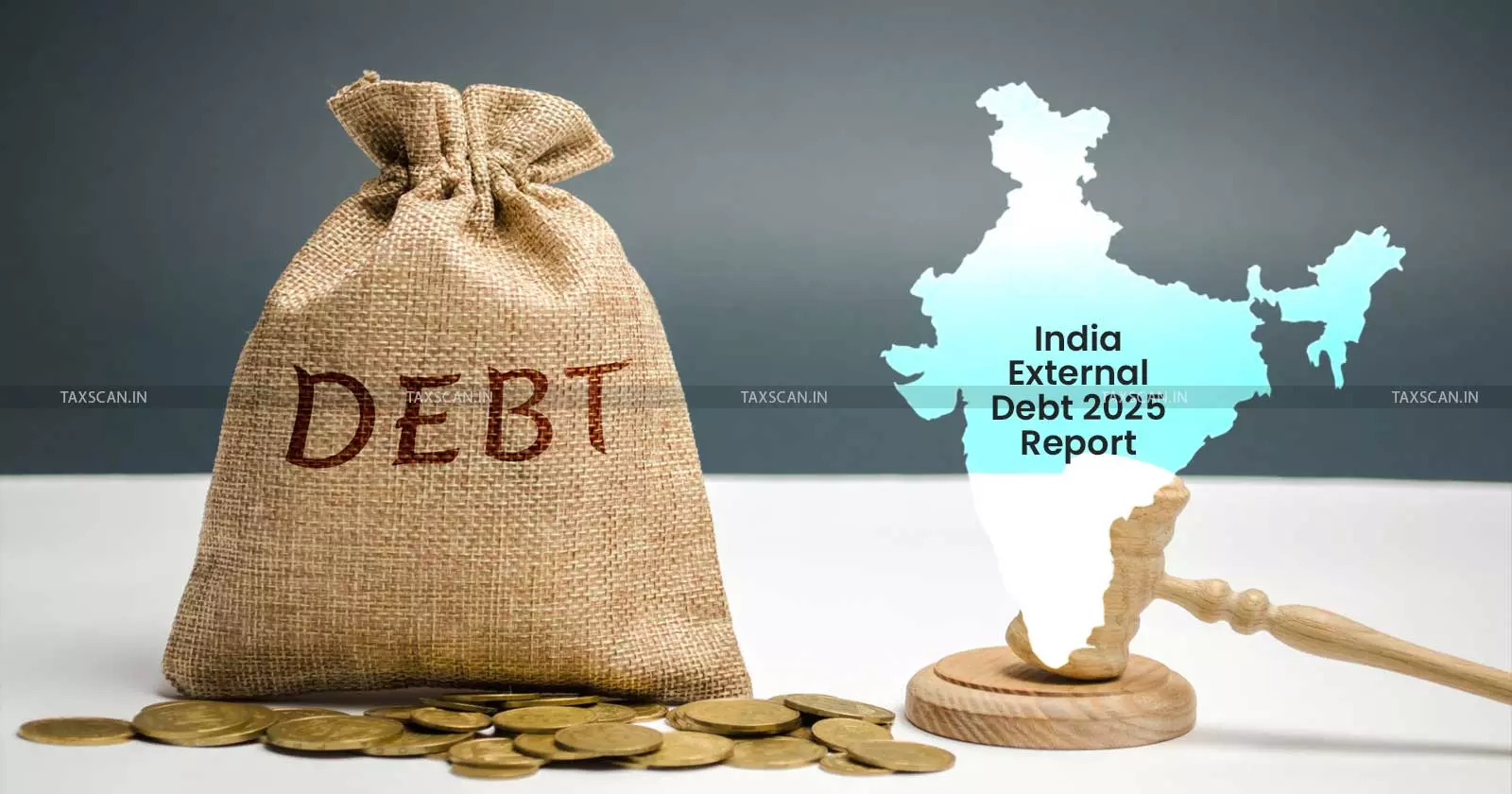India’s External Debt Rises 10% to $736.3 Billion: Ministry of Finance Confirms in Lok Sabha
Despite the surge, the government stressed prudent management of India’s external debt, keeping the external debt-to-GDP ratio low

India’s external debt has risen to $736.3 billion as of March 2025, reflecting a year-on-year increase of 10.1 percent, according to a statement made by the Ministry of Finance in the Lok Sabha. This significant surge, amounting to an additional $67.5 billion over the previous year, has brought renewed focus on the country’s external borrowings and their implications for the broader economy. The Ministry, citing data from the Reserve Bank of India, underscored that while external debt has increased, India’s external debt-to-GDP ratio remains at a relatively comfortable 19.1 percent, which continues to be one of the lowest among major global economies. This, officials claim, indicates prudent management of foreign liabilities despite the growing headline number.
In response to queries regarding the average debt burden on Indian citizens, the Ministry clarified that the perceived spike in average individual debt is not representative of the overall population. Data shows that as of March 2025, there were about 28 crore unique individual borrowers, according to Transunion CIBIL, against a national population exceeding 140 crore. For this group, per capita debt from personal and business loans increased from ₹3.9 lakh in March 2023 to ₹4.8 lakh in March 2025.
How to deal with GST special audit and departmental audit? Register Now
However, the government clarified that this rise reflects an expanding pool of borrowers, not an unsustainable increase in average indebtedness. Furthermore, nearly two-thirds of these loans are held by borrowers with high credit scores, and much of the credit is used for asset creation rather than consumption. Notably, the net financial position of households has also improved, with financial assets as a share of GDP rising from 103.5 percent to 106.2 percent in the last year. On the other hand, the aggregate financial liabilities per capita increased by only ₹1,925 during 2023-24, indicating that the growth in overall household debt remains contained.
The government also addressed concerns about rising debt possibly trapping families in cycles of survival-based borrowing, stating that such concerns are not borne out by official data. Instead, the focus remains on fostering income growth and financial stability through policies aimed at skilling, job creation, and infrastructure investment.
Additionally, recent changes in income tax exemptions are expected to boost disposable incomes for the middle class, aiding households in debt management. On the regulatory front, the Reserve Bank of India increased risk weights on certain categories of unsecured loans in late 2023, which has already slowed the pace of unsecured retail credit growth from 27 percent to 11.6 percent over the last two years.
Looking ahead, the government outlined its strategy for keeping public debt in check, including a plan to reduce the fiscal deficit to 4.4 percent of GDP in 2025-26 and bring total government debt down to about 50 percent of GDP by 2031. Officials stressed that these measures are designed to avoid additional debt service pressures on the domestic economy.
Support our journalism by subscribing to Taxscan premium. Follow us on Telegram for quick updates


